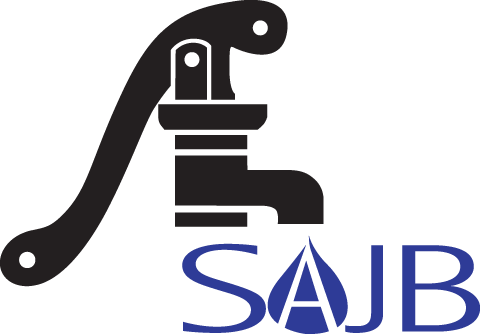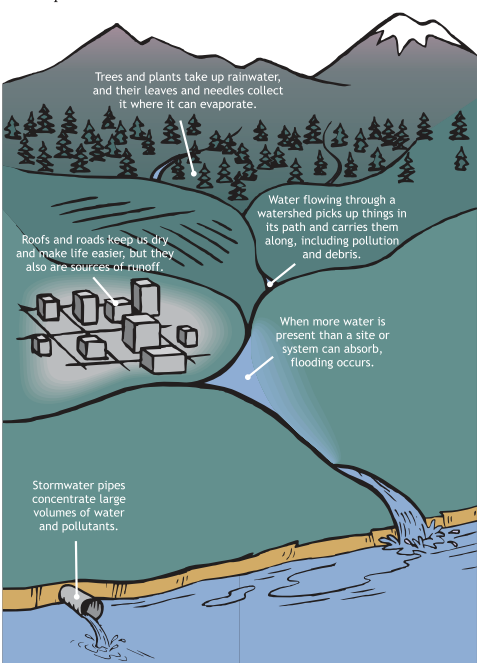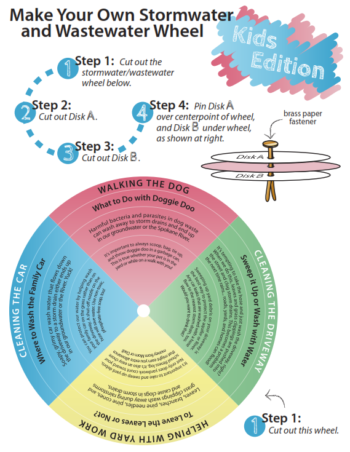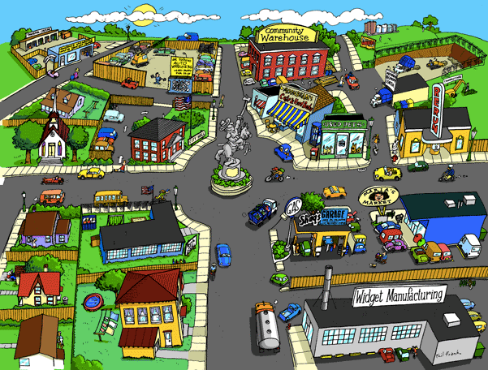Teacher Resources
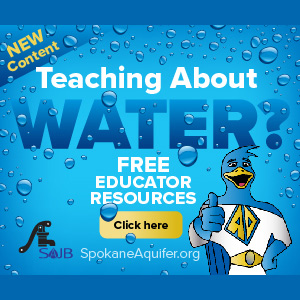
The Spokane Aquifer Joint Board’s (SAJB) website has lots of aquifer, water and environmental education resources for teachers. To make them easier for you to find we’ve created this list of resources with links to various part of the SAJB website and external resources.
Download SAJB Teacher Resources.
Let us know how you are using the resources and if we can add any other information that would be of use to you and your students.
Spokane Valley Rathdrum Prairie Aquifer
What is an Aquifer Download PDF
Spokane Valley Rathdrum Prairie (SVRP) Aquifer Atlases 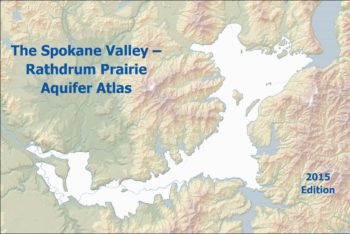
Spokane Valley Rathdrum Prairie Aquifer Curriculum Grades 3-6 – Try out some of the 27 aquifer lessons designed for students grades 3-6. Lessons are aligned with WA and ID state standards and cover the SVRPA Formation, Social Issues & History, the Water Cycle, Water Systems, Water Quality and Water Quantity.
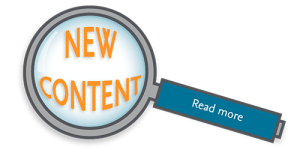 Thirstin Builds an Aquifer (PDF version) Grades K-3
Thirstin Builds an Aquifer (PDF version) Grades K-3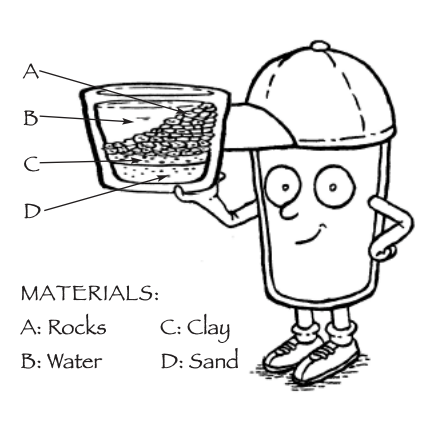
This activity illustrates how water is stored in an aquifer, how ground water can become contaminated, and how this contamination ends up in a drinking water well. Ultimately, students should get a clear understanding of how careless use and disposal of harmful contaminants above the ground can potentially end up in the drinking water below the ground.
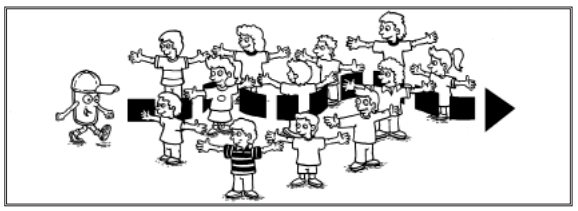
Thirstin’s Groundwater Movement Activity Grades K-5 This class activity demonstrates that ground water must be able to move through underground materials. The students will act as molecules of water and the underground materials.
Magnificent Ground Water Connection A collection of lesson plans for grades K-12 that focus on groundwater related activities.
There’s No New Water Grades 3-6 The freshwater found in groundwater, rivers, and lakes is our primary source of drinking water. Students may be surprised to learn that groundwater and fresh surface water make up a very small percentage of the Earth’s total water supply. Groundwater Foundation
Tracking Groundwater Pollution – A Hazardous Whodunit Grades 9-12 A Thirstin ![]() lesson plan to teach students to make a topographic map, use it to predict ground water flow and investigate the most likely source of ground water contamination.
lesson plan to teach students to make a topographic map, use it to predict ground water flow and investigate the most likely source of ground water contamination.
Washington on Water Grades K-12 Washington on Water (WOW) is an online database for K-12 educators seeking marine education resources throughout Washington – from interior watersheds to the outer coast. Regularly updated and evolving, WOW brings together educators, scientists, industry, government and nonprofit organizations to improve marine science literacy.
Water Sourcebooks Grades K-12 – The Water Sourcebooks from EPA explain the water management cycle and show how it affects all aspects of the environment. Hundreds of activities for grades K-12 are divided into four sections: K-2, 3-5, 6-8, and 9-12.
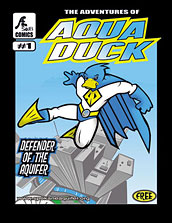
Coloring and Comic Books
Aqua Duck – Defender of the Aquifer Comics #s 1,2,3,4,5,6,9
Aqua Duck Activity Book #7
Aqua Duck Water Conservation Coloring Book #8
We love Water Coloring Book
We Really ‘Otter’ Protect Our Water Coloring Book
Water Cycle
The Adventures of Drippy the Water Drop – A SVRP Water Cycle Adventure – Produced by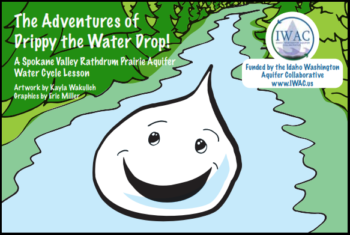 the Idaho Washington Aquifer Collaborative (IWAC). Downloadable pdf of 27 black and white coloring cards, teacher instructions, Next Generation Science Standards (NGSS) connections and vocabulary. A colored version is also available. Students each color a card and then work collaboratively to put everyone’s cards into a sequence depicting the water cycle. The cards include water use in the home, water conservation and stormwater pollution.
the Idaho Washington Aquifer Collaborative (IWAC). Downloadable pdf of 27 black and white coloring cards, teacher instructions, Next Generation Science Standards (NGSS) connections and vocabulary. A colored version is also available. Students each color a card and then work collaboratively to put everyone’s cards into a sequence depicting the water cycle. The cards include water use in the home, water conservation and stormwater pollution.
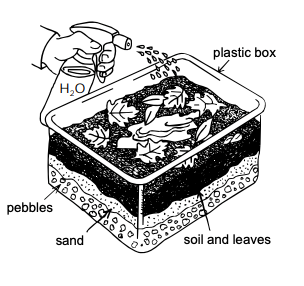
How People Get Their Water – Worksheet & Experiment Grades 4-8 This activity will help students understand the role of reservoirs in maintaining a reliable supply of drinking water.
Stormwater
Environment Education Guide – “Protecting Washington’s Water from Stormwater Pollution”
Grades 4-5. This seven-page guide discusses how stormwater is the #1 water pollution problem as it affects drinking water quality, can damage salmon habitats and contributes to flooding. Useful graphs and diagrams as well as pictures can be found in the printable guide.
WA Leadership & Assistance for Science Education Reform
Pave It or Plant It Grades 7-12 This activity explores how the growth of cities and towns (urbanization) in a watershed can alter the timing and volume of storm water runoff. Students also learn how these changes affect physical structure, water quality and aquatic communities in streams that flow through urban areas. The lesson includes an optional mapping exercise and provides opportunities to explore ways to prevent or minimize the impacts urban development has on streams. Utah State University Educator Resources
Stormwater and Wastewater Wheel – Produced by Spokane County Environmental Services
Water Conservation
- 101 Ways to Conserve and Use Water Wisely
- Water Conservation Bingo Print a set of Bingo cards and have fun while learning more ways to save water.
Proper Waste Disposal
Got Waste? Put it in the right place! 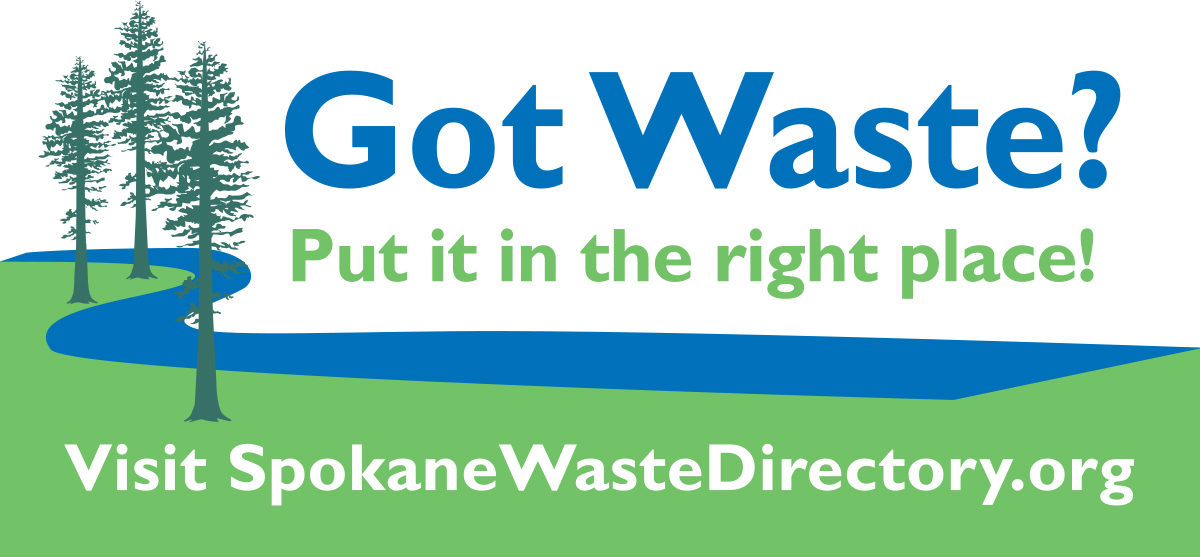
- Spokane Kootenai Waste Directory video
- Spokane Kootenai Waste Directory
- Help me get rid of my waste
- Understand my waste
- e-book: Household Waste and Water Conservation
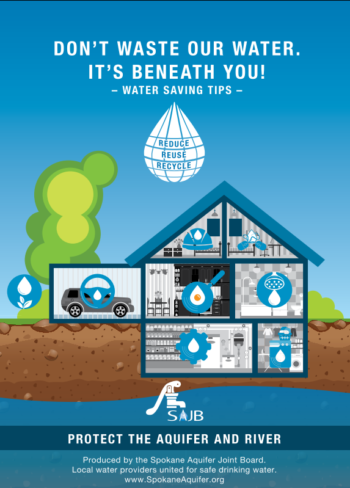
- Tips for Safer Alternative Products
- Tips for Saving Water
- What’s accepted in recycling, yard waste & trash
- Contact Information

Pack a Waste-Free Lunch Students learn how to pack waste-free and healthy lunches throughout the week. They can create and track their own waste-free meal plan. Poster, Menu Planning, Worksheet
- EPA Lesson Plans, Teacher Guides and Online Environmental Resources for Educators Find an array of environmental and science based lesson plans, activities and ideas below from EPA, other federal agencies and external organizations. Encontrar recursos para estudiantes y maestros.
 The Quest for Less Grades K-8
The Quest for Less Grades K-8 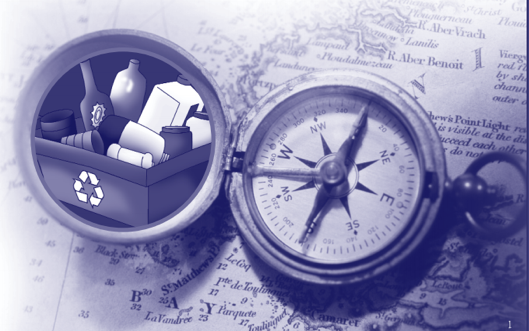 This 200-page text can be to develop lesson plans, incorporate a range of activities into various subject areas such as recycling, composting, and landfills.
This 200-page text can be to develop lesson plans, incorporate a range of activities into various subject areas such as recycling, composting, and landfills.
Waterways & Watersheds
How’s My Waterway? Grades 9-12 Learn the condition of local streams, lakes and other waters anywhere in the US… quickly and in plain language. See if your local waterway was checked for pollution, what was found, and what is being done. The source of this information is a US Environmental Protection Agency (EPA) database of State water quality monitoring reports provided under the Clean Water Act.
Healthy Watersheds Project in Region 10 (AK, ID, OR, WA and 271 Native Tribes) Find out about groups in the Pacific Northwest are doing to protect watersheds and find out how you can help. EPA – Lesson Plans and Teacher Guides and Online Environmental Resources for Educators K-12
Watershed Detectives Grades 6-12 Students analyze water samples from different watersheds and use their knowledge of water quality to determine the source of their samples.Utah State University Educator Resources
Science Fair Ideas
EPA Science Fair Surface Water Ideas for Middle School
- This two-page document outlines projects from the EPA’s Office of Water. These projects address real-life water issues occurring in streams, rivers, lakes, and other types of surface waters across the United States.
Science Fair Fun: Designing Environmental Science Projects 6-8
- This 24-page resource booklet designed to generate ideas for students and teachers interested in solid waste science fair projects
Awesome Aquifers: Science Fair Project Students build aquifers and demonstrate an understanding of groundwater in the hydrologic cycle, the physical makeup of an aquifer and changes to the groundwater system. Includes power-points, student guides and website resources. Groundwater Foundation
Energy
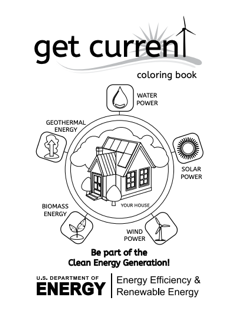 Get Current: Switch on Clean Energy Coloring Book (English & Spanish) Grades K-4 A ten-page coloring book featuring encouraging kids to be part of the Clean Energy Generation. This coloring book teaches them about renewable energies such as wind, water and solar, as well as good habits in energy efficiency to practice at home. US. Department of Energy Education Resources
Get Current: Switch on Clean Energy Coloring Book (English & Spanish) Grades K-4 A ten-page coloring book featuring encouraging kids to be part of the Clean Energy Generation. This coloring book teaches them about renewable energies such as wind, water and solar, as well as good habits in energy efficiency to practice at home. US. Department of Energy Education Resources
Bioenergize Me Coloring Book (English & Spanish) Grades 3-6 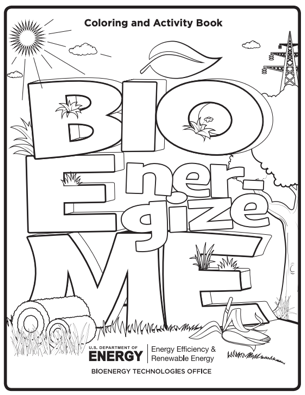
This coloring book is as a fun learning tool to inform children about “bioenergy and raise their awareness of alternative fuel sources and renewable energy. BioenergizeME is an education and workforce development base camp for students and educators and anyone seeking to better understand the promises and challenges in developing a thriving bioeconomy.” It features coloring pages, word searches, mazes, and more.
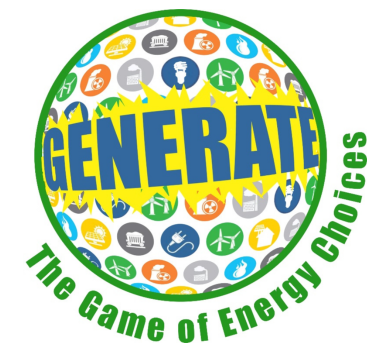 Generate! The Game of Energy Choices Grades 6-12 An interactive board game in which players explore energy choices and the environment and get “energized” in some friendly competition. The game is a teaching tool that can be used to understand the costs and benefits of the energy choices we make; find out what happens if the mix of energy sources changes in the future and learn what energy choices mean for our climate, air, water, and overall environmental quality.
Generate! The Game of Energy Choices Grades 6-12 An interactive board game in which players explore energy choices and the environment and get “energized” in some friendly competition. The game is a teaching tool that can be used to understand the costs and benefits of the energy choices we make; find out what happens if the mix of energy sources changes in the future and learn what energy choices mean for our climate, air, water, and overall environmental quality.
Kids Take Action
The Planet Protectors: Activities for Kids 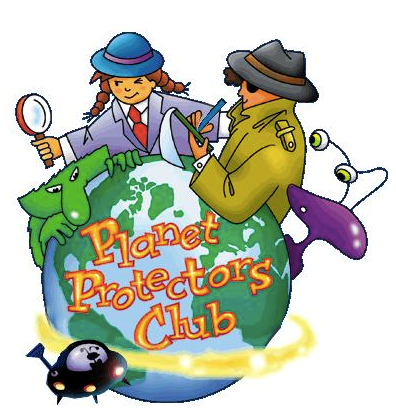 Grades K-5 These various activities encourage children to think about making less trash and to help others learn to reduce, reuse and recycle through a Planet Protectors Club in their classroom. Teacher’s guide included.
Grades K-5 These various activities encourage children to think about making less trash and to help others learn to reduce, reuse and recycle through a Planet Protectors Club in their classroom. Teacher’s guide included.
Recycle City Grades K-8 Explore Recycle City to see how its people reduce waste, use less energy, and save money by doing simple things at home, at work, and in their neighborhoods.
Learning by Doing: Students Take Greening to the Community Grades 3-8 This booklet contains several service-learning projects that focus on various aspects of safe solid waste management, such as recycling, composting, and reducing household hazardous waste.
Protect Your Groundwater Grades 6-12, A short lesson plan to help students discover that there are many things each of us can do to help ensure our water supply is clean and sustainable for the future. Groundwater Foundation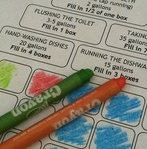
How Much Water Do You Use? Grades 3-8 An activity to help students log how much water they use in a day and where they can conserve daily. Groundwater Foundation
Protecting Our Water Resources: Student Activities for the Classroom Grades K-9. This guide outlines activities for students with a goal to help teachers guide their students toward gaining awareness and protecting our valuable water resources. Stormwater Management Academy at University of Central Florida
NOAA’s Data in the Classroom Grades 6-8 With NOAA’s Data in the Classroom, students use real-time ocean data to explore today’s most pressing environmental issues, and develop problem-solving skills employed by scientists. Access online and classroom-ready curriculum activities with a scaled approach to learning and easy-to-use data exploration tools. NOAA
Washington Green Schools Grades K-12 The mission of Washington Green Schools is to guide and support students and K-12 school communities to create a sustainable region through educational experiences that transform school environments. every school will teach, model, and practice environmental sustainability and every child will learn and grow in a green and healthy school.
Videos
Will It Flush? Video. Handout – Your Toilet is NOT a Trashcan.
Our Water Our Future (11 minutes) – The Idaho Washington Aquifer Collaborative (IWAC) in partnership with KSPS Public Television produced this awesome video about the Spokane Valley Rathdrum Prairie Aquifer, our sole source of drinking water.
6 Aquifer Lessons – Spokane Valley Rathdrum Prairie Aquifer – KSPS Public Television has joined with the Idaho Washington Aquifer Collaborative to help educate residents in the Inland Northwest about the importance of protecting their sole source of drinking water—the Spokane Valley Rathdrum Prairie Aquifer. These six videos provide an overview and exploration of the Spokane Valley Rathdrum Prairie aquifer, its importance to the Inland Northwest, how it works, how it can be damaged, and simple actions residents can take to protect and preserve the water from the aquifer.
- Overview: An overview of the Spokane Valley Rathdrum Prairie (SVRP) aquifer.
- How the Aquifer Works: Formed from a series of ice-age floods ten to twelve thousand years ago, the SVRP aquifer is made up of mixed sands, gravels, cobbles, and boulders, all of which provide a natural filtration system as the water flows through it.
- Water Access:Residents access water from the SVRP aquifer from private wells or from public water providers.
- Pollutants: The Idaho Washington Aquifer Collaborative (IWAC) works to maintain and enhance the water quality and quantity in Eastern Washington and Northern Idaho by decreasing the number of pollutants to the SVRP aquifer.
- Prevention Efforts: Local municipalities in Eastern Washington and Northern Idaho have stepped up prevention efforts to protect the region’s aquifer.
- Action Steps:Local residents can take simple steps in their daily lives to protect and preserve the region’s aquifer.
Aquifer Comprehension & Discussion Questions. Standards
City of Spokane Waste to Energy Tour – (10 minutes) Solid Waste is converted into energy and ash at the Waste To Energy (WTE) Facility in Spokane Washington.
Post Falls Dam & Historic Park – Post Falls Dam in Idaho was originally a log dam built in 1879. In 1906 the dam was rebuilt to produce electricity. Post Falls Dam is part of a series of power generating dams along the Spokane River which runs 111 miles from Lake Coeur d’Alene, Idaho to the Columbia River in Washington.

More Videos from National Sources
Videos on Water, Water Cycle, Groundwater, Aquifers
Grades 3-8 (3:46) TED-Ed: Where We Get Our Fresh Water
Grades 5-12 (6:46) National Science Foundation: The Water Cycle
Grades K-4 (1:47) Met Office – Weather: How does rain form and what is the water cycle?
Grades 2-8 (5:10) KQED QUEST: What is Groundwater?
Grades 5-12 (5:43) GeoScience: What is an Aquifer?
Grades 6-12 (2:55) Seeker: How do we get water from deep underground?
Grades 6-10 (6:50) Amoeba Sisters: Properties of Water
Grades 6-12 (4:51) TED-Ed: What would happen if you didn’t drink water?
Videos on Plastic Pollution
Grades 6-12 (4:06) TED ED: What really happens to the plastic you throw away?
Grades 6-12 (1:10) National Geographic: Students’ Ice Pops Bring Plastic Pollution to (Unappetizing) Life
Grades 6-12 (1:23) National Geographic: Here’s How Much Plastic Trash Is Littering the Earth
Grades 5-12 (4:26) National Geographic: Kids Take Action Against Ocean Plastic
Grades 3-12 (2:05) UNEP: Miranda Wang – 2018 Young Champion of the Earth for North America
Videos on Water Conservation
Grades 8-12 (11:22) TED: 3 Thoughtful Ways to Conserve Water
Grades 6-12 (8:54) TEDX Kids: Save Water for the Kids
Grades 9-12 TEDX Youth: Save that Drop (The Importance of Water Conservation)
Videos on Climate Change and Sea Level Rise
Grades 6-12 (6:08) Verge Science: Sea level rise is so much more than melting ice
Grades 6-12 ( ) Science Insider: How Earth Would Look If All the Ice Melted?
Grades 3-8 (1:30) NASA’s Earth Minute: Sea Level Rise
Grades 3-6 (4:32) Weather vs. Climate: Crash Course for Kids
Grades 5-12 (2:18) UNEP Two Minutes on Oceans w/ Jim Toomey: The Climate Change Connection
Grades 5-12 (3:18) UNEP Two Minutes on Oceans w/ Jim Toomey: Adaptation to Sea Level Rise
Grades 4-7 (2:37) EPA Green Streets: The Road to Clean Water
Videos on Energy
Grades 3-12 (3:16) National Geographic: Renewable Energy 101
US Department of Energy: Video Playlist – Energy 101 Twenty-four short (2-4 minutes) videos to learn the “fundamental concepts behind renewable energy sources and energy efficiency.” Topics range from wind power to biofuels to electric vehicles.
US Department of Energy: Video Playlist – 360° & VR Energy Videos See a 360-degree perspective on energy with these ten videos showcasing wind tunnels and wave energy and more.
Virtual Field Trips
The virtual field trips are designed to educate students about the Aquifer and the need to protect our sole source of drinking water. Students will gain an increased awareness and education about our ground water source, the aquifer, and provide information about protecting this precious resource. Exploration and self-guided learning are encouraged. Students will come away with ideas for actively protecting this resource.
The virtual nature of these trips will save precious budget funds, travel time, and eliminate weather delays. You can take these trips in any season and return as often as you like as they’re available 24/7. The Water Conservation and Aquifer field trips include two versions, elementary for grades 1-4, and middle school for grades 5-8. All virtual field trips support Science, Technology Engineering and Mathematics education as well as Next Generation Science Standards Disciplinary Core Ideas and Crosscutting Concepts. And we hope they are fun too!
- Elementary Aquifer Trailhead
- Elementary Water Conservation Trailhead
- Middle School Aquifer Trailhead
- Middle School Water Conservation
Photos
Does your school want to create a Science Night with student Science Fair projects? View photos of Science Nights at other schools.
Contact local agencies that provide
free displays and activities for school science nights.
- City of Spokane Solid Waste & Master Gardeners Kristine Major, kmajor@spokanecity.org
- City of Spokane Water Department- Kristen Zimmer, kzimmer@spokanecity.org
- NOAA Weather Service – Robin Fox, robin.fox@noaa.gov
- Spokane Aquifer Joint Board – Aqua Duck -Tonilee Hanson – sajbinfo@gmail.com
- Spokane Conservation District – Stacey Selcho, stacey-selcho@sccd.org
- Spokane County Environmental Services – Toni Taylor, TNTAYLOR@spokanecounty.org
- Spokane Regional Clean Air Agency – Stephanie May, smay@spokanecleanair.org
